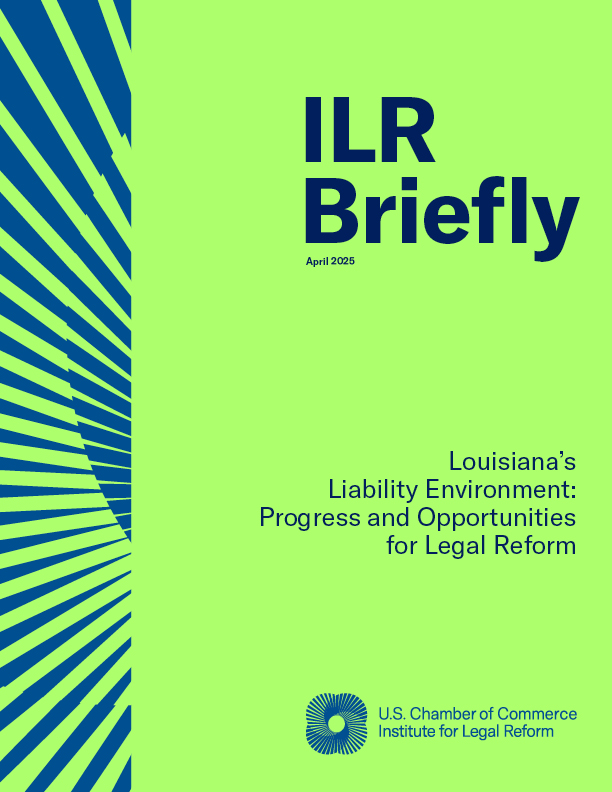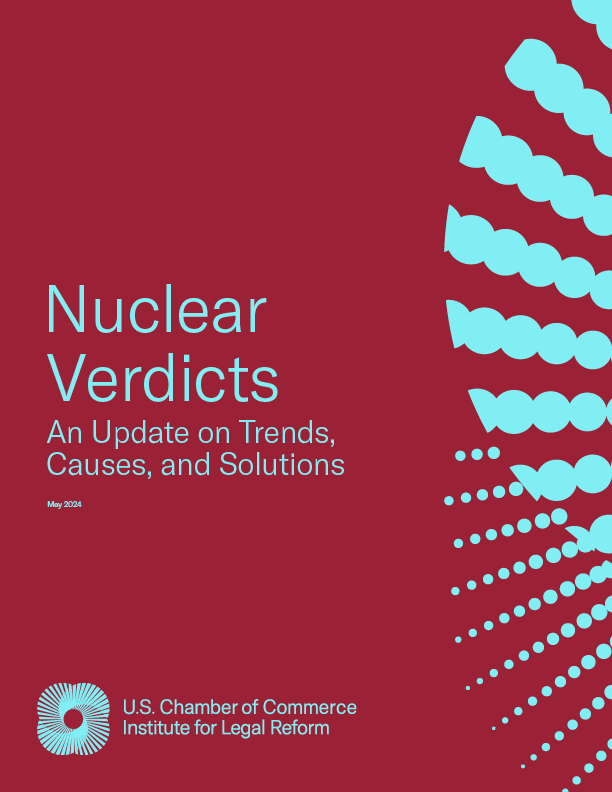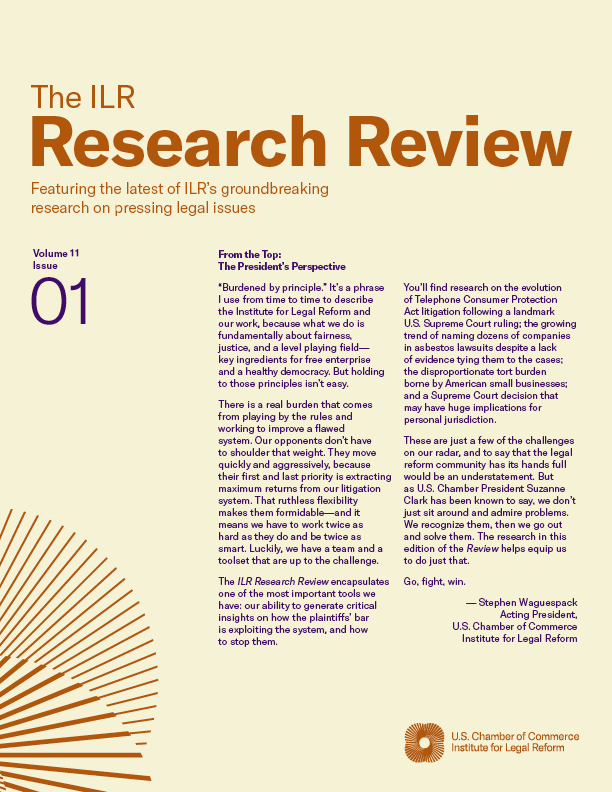Originally intended to address conduct interfering with a public right (usually relating to land use), public nuisance was made largely obsolete by the expansion of the regulatory state in the mid-20th century. But then a coalition of legal scholars, plaintiffs’ lawyers, and activists began pushing to expand it into an effectively boundless cause of action that they could use to influence major public policy issues, evidenced by the American Law Institutes’ significant expansion of public nuisance in its 1979 Second Restatement of Torts. The effort to further stretch the doctrine continues today, particularly with regard to climate and opioid litigation.
ILR’s new research, Waking the Litigation Monster: The Misuse of Public Nuisance, documents the origins, expansion, and current state of public nuisance litigation. The research finds that municipalities and plaintiffs’ lawyers have tried to expand public nuisance as a way to influence wide-ranging societal issues that should be left to the political branch. Aside from being a poor tool to address those issues, the paper finds this use of public nuisance to be dangerous. To echo the Eighth Circuit’s decision in Tioga Pub. Sch. Dist. No. 15 v. U.S. Gypsum, allowing public nuisance to serve as a cause of action “regardless of the defendant’s degree of culpability or of the availability of other traditional tort law theories of recovery…” would create “…a monster that would devour in one gulp the entire law of tort.”
View PDF


